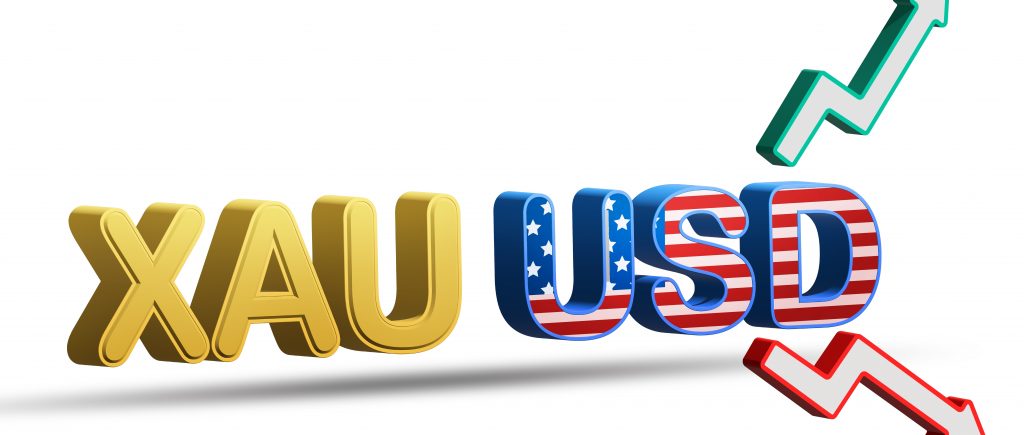Gold’s relentless climb has propelled it to unprecedented heights, reaching a record peak. However, this impressive rally has also triggered overbought conditions, raising the specter of a potential pullback. While the long-term bullish trend remains intact, traders are now closely monitoring key support levels for signs of a potential correction.
Reaching New Peaks, Facing New Challenges
Gold prices are surging, with predictions of reaching $2,900 amidst global uncertainty fueled by factors like Trump’s policies and the US-China trade war. Concerns about a potential economic slowdown are growing as US businesses in the services sector show signs of cooling. Additionally, unease among Fed officials regarding Trump’s tariffs, which prioritize inflation control over employment rates, is adding to the market’s apprehension.
Currently trading near $2,870, gold’s upward trajectory is supported by a weakening US Dollar and declining US Treasury bond yields. Investors are increasingly seeking the safe haven of gold as the trade war escalates, with many eyeing the $2,900 mark.
While recent economic data indicates a robust labor market, as seen in January’s ADP Employment Change report, Trump’s policies and rhetoric continue to be a major driver of gold’s price surge.
Gold’s recent surge carried it past several resistance levels, culminating in a new all-time high. This upward momentum reflects a confluence of factors, including concerns about global economic uncertainties and the ongoing trade tensions. The metal’s safe-haven appeal has been further amplified by a weakening US dollar and declining Treasury yields. However, the rapid ascent has pushed gold into overbought territory, suggesting that a period of consolidation or retracement may be imminent.
Technical Indicators Flash Warning Signs
Technical indicators, such as the Relative Strength Index (RSI), have reached levels that typically signal overbought conditions. This, coupled with the completion of a key price pattern, suggests that the current rally may have run its course. While momentum remains bullish, traders are wary of the potential for a sharp reversal. The question now is not whether a pullback will occur, but rather how deep and prolonged it will be.
Support Levels to Watch
Despite the overbought signals, the underlying bullish trend for gold remains strong. Key support levels have been identified that could provide a cushion against a significant decline. These levels represent areas where buyers may step in to support the price. A break below these support levels, however, could signal a more substantial correction.
Economic Winds and Monetary Policy
Beyond technical considerations, gold’s price is also influenced by broader economic forces. Concerns about a potential slowdown in the US economy, as indicated by recent data on the services sector, are contributing to gold’s safe-haven appeal. Furthermore, uncertainty surrounding the Federal Reserve’s monetary policy and the potential impact of tariffs on inflation are adding to the market’s unease, further bolstering gold’s attractiveness.
Navigating Economic Uncertainties
The current environment is rife with uncertainties, from geopolitical risks to trade tensions and economic slowdown concerns. These factors are likely to keep gold prices volatile in the near term. Traders will be closely monitoring economic data, central bank policy announcements, and developments in global trade relations for clues about the metal’s future direction.
What is next for gold prices?
While a short-term pullback is possible, the long-term outlook for gold remains positive. The confluence of economic and geopolitical uncertainties, coupled with a weakening dollar, provides a favorable backdrop for the precious metal. However, traders should remain vigilant and pay close attention to key support levels and technical indicators to navigate the potential for short-term volatility. The next phase of gold’s journey will depend on how these factors unfold in the coming months.
 Noor Trends News, Technical Analysis, Educational Tools and Recommendations
Noor Trends News, Technical Analysis, Educational Tools and Recommendations





